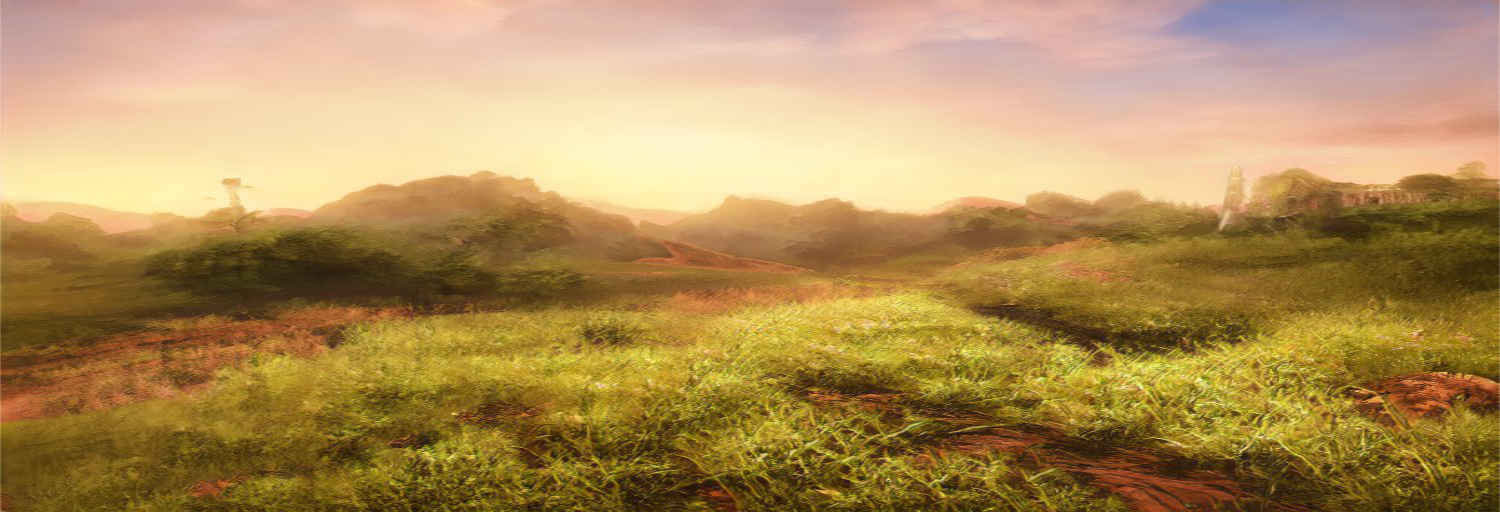The very earliest of battlements is perhaps the earliest of all ways to defend lives and home. A wall in the way of an attacker, wild or not, hinders loss and creates effective control against them. Dirt wall fortifications or "dykes" as they also are called in orfordian, is the earliest example that is mostly found today in eastern
Telamirein. The
Orfordsmen can seem to be experts at creating the perfect dyke and wall so as to defeat their enemy whenever they are on the defence. These rises no more than two to four meters with a dug dike in front of them that can be anywhere from half a meter to two. These measurements do differ a lot, the deepest dyke in a battlement that has been found is four meters, filled with water and acts as an extra barrier. Notably, this one,
Thyn Dyke, has one of the lowest walls recorded, only a meter higher than the surrounding grounds. Later examples have "humps", rising lower and deeper in the depth of the wall. The humps are used as defensive spots for archers and early staged crenels that are found on walls.
According to what can be learnt from Demon sources,
Nekuram have had similar developments but were much more early with wood and stone walls. Both species did build wood and stone walls on top of the older fortification as shown in older
Dunnd. Wood was the most preferred by
Humans for the longest of time since there was a bigger abundance of wood and later staged quarrying compared to Demons. Walls have since their building been a staple of fortifications and defences.
The Wall Fortifications
Mastery of walls as a defensive measure goes most of the time to the
Leoner and their majestic walls made out of stone that are both works of art and strength. At least when it comes to humans. Dwarves have built their tunnels under the rock and stone, which have made them the experts and masters of stonework and they prove it with their skills in building walls.
Walls did not start out to be built in stone, however, and instead, they were built out of the dirt as with the battlements. But actual walls needed stronger materials and wood was the first to be used. With the right type of wood and the right preparation of it, the walls were much more effective than the previous battlements. Since wood walls were built higher, the walls extended a reach of sight beyond previous horizons. They too were starting to be outfitted with specific turrets where armouries and gate guards housed themselves. When stone came to be more of use for humans, the Leoner were fast to create defences that rivalled others around their towns. For Demons, stones were early the preferred building material to defend against attackers because of the more widespread use of magic in warfare and the above-mentioned availability. Demons also developed early methods to enhance walls with magic, although it has seen little use due to the effort and magic needed.



Hey there! This is a very interesting detailing of technological advancement! I do have some questions, as well as some pointers, but this article certainly made me want to read more!
The biggest question that came up for me is "How do they divert water into the dyke?" Coming at this article as someone with no prior knowledge to the setting, I wasn't aware magic was an option until the very end, and even now am unsure if magic is the option here, because I'm not sure of the nature of your magic.
If there's a magic which can aid in construction, then an article like this is a great way to show how magic makes your setting differ from reality, because if magic can make any process more efficient, then that's going to change the practicality of certain technology and make them favor it over others.
Great job on the article!
Also, if you're still looking for alternative words for early fortifications, you might like palisades or stockades.
Hi Ademal! Thanks for taking your time to read this! You point out such obvious mistakes on my part that I did and the answers were in my head, just having to think a bit before answering. To answer the first question, the Thyn Dyke was filled by digging a canal/off-shoot to a river. While magic would have aided in the construction of it, in the world it is believed that Thyn was built by hand with little to no use of magic. On the obvious mistake of not mentioning magic early in the article, magic is an option to aid in the construction of buildings and fortifications. You would need several powerful magic users to make the ground rise as much as is needed with the Thyn Dyke. The nature of magic is not fully constructed in the world yet (a thinking problem on my part), but magic is a mix of training, inherent capability and fatigue. Think of it like a muscle that needs training. At the same time, magic still needs concentration which forms into spells with odd-sounding names most of the time. While free-forming earth, water and controlling fire for example is possible, it demands much more concentration and skill to do that than if there was a "pre-made" spell. In the time after WorldEmber judging period ends (and shiny badges are secured and given), I will return to this and expand it since I feel I am not finished with it. And thanks for the alternative words, I really need to think more about it. Palisades might work but at the same time in might not since it refers to another different type of fortification.
You are welcome to explore Nimenra, a world in conflict between Humans and Demons.
My summer camp articles and half-finished pledge document: Summer Camp 2022